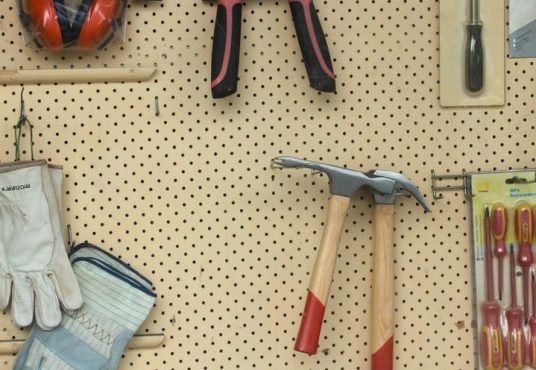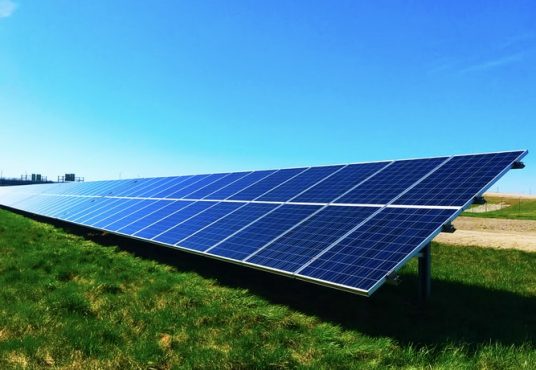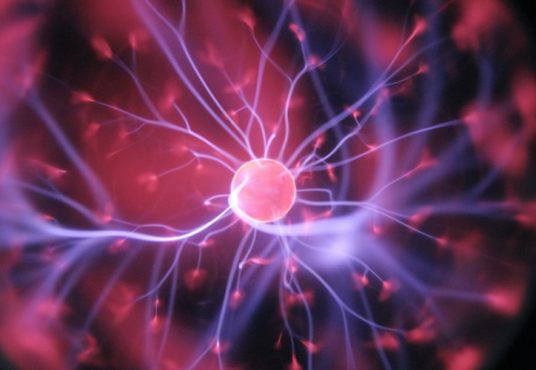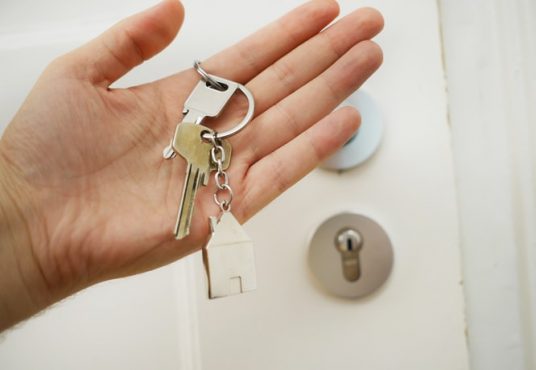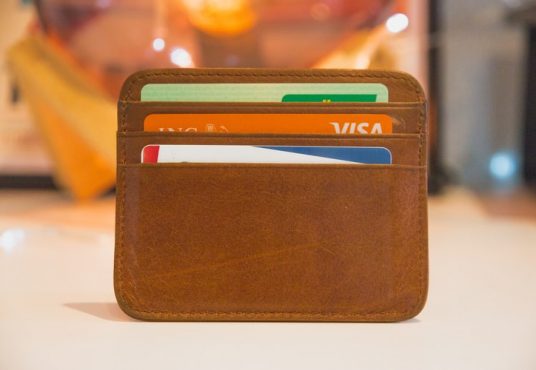As of late, energy-saving is a hot topic and for good reasons! As a real estate company, we enjoy helping people make their homes their own, and energy efficiency made it to the top of the desirable list.
When it comes to energy saving, most people make the assumption less energy equals lower costs. And they’re right! But economic savings aren’t the only advantage to energy saving, there are environmental benefits as well.
Many scientists now believe that excessive energy consumption contributes significantly to global warming. Having energy-efficient homes can reduce your impact on this pressing environmental issue. Less use from you means that conventional power production won’t create as many pollutants that can find their way into the air, soil, and water supplies.
There are so many ways to reduce energy use in your home. Most people don’t know how easy it is to make their homes run on less energy.
Let’s take a look at some simple techniques:
- Find better ways to cool your house if you reside in a warm climate like ours. For colder climates, it’s better ways to heat your home as well.
- Replace fluorescent / incandescent lights
- Again for warmer and colder climates, you should seal and insulate your home
- Install efficient showerheads and toilets
- Use appliances and electronics responsibly
- Install daylighting as an alternative to electrical lighting
- Insulate windows and doors
- Cook smart
- Change the way you do laundry
Did you know as much as half of the energy used in homes goes toward heating and/or cooling?
You can lower your energy bills with a few simple adjustments to the heating and cooling systems.
Install ceiling fans to reduce the usage of air conditioners and keep up with replacing air filters in your air conditioner or heaters for those in a colder climate. There are many filter options available. Low-cost options are typically good for around 30 days.
For persons installing Air Conditioners – it’s advisable to measure the room first to calculate which size of AC is needed whether it’s a 9000 or 24000 BTU unit. Inverter units are also advisable since they further reduce energy costs to the homeowner.
And for our readers in colder climates, did you know every degree difference on the thermostat accounts for approximately 2% of your heating bill? You can turn heat temperatures down in the evening and during hours of the day when no one is home. Programmable thermostats can be a huge help to you. There are even options available that allow you to control your home temperature through your smartphone when you’re away from home.
The location of your thermostat can affect its performance and efficiency as well. A thermostat should be on an interior wall away from direct sunlight, drafts, doorways, skylights, and windows to operate properly.
When the time comes to replace your current water heater, tankless is the way to go for energy efficiency. Unlike traditional models, tankless water heaters only heat the water when you turn on faucets. This way of providing on-demand hot water can save on costs.
When using a tankless water heater you won’t experience the standby energy losses associated with traditional storage water heaters, and you won’t need to wait for a storage tank to fill up with enough hot water.
Lighting
Lighting technology has come a long way over the years. Lighting accounts for approximately 11% of the average household’s energy budget. As such, incandescent lights only convert around 10% of the energy they consume into light, the rest becomes heat.
New technology has led to the development of light-emitting diodes (LEDs) and compact fluorescent lamps (CFLs), which can reduce the energy use required by lighting by 50% to 75%.
- CFLs use 75% less energy and last about 10 times longer than traditional incandescent bulbs.
- LEDs last even longer than CFLs and consume less energy.
- LEDs have no moving parts and unlike CFLs, they contain no mercury.
For a cost-effective DIY measure on making your home more comfortable and energy-efficient, try sealing and insulating your home.
Common places where leakage may occur for warmer climates like Guyana’s:
- Window frames.
- Baseboards.
- Loose ceiling frames.
- Wall or window-mounted air conditioners.
And common leak spots for colder climates requiring heating and insulation are:
- Electrical receptacles/outlets.
- Mail slots.
- Around pipes and wires.
- Inadequate weatherstripping around doors.
- Baseboards.
- Window frames.
- Switchplates.
Ways to test for leaks
The dollar bill test:
Place a dollar bill between the door jamb or between the window sash and sill. With the door or window closed, attempt to remove the dollar bill. If it slides out easily, you are losing energy.
The flashlight test:
Shine a flashlight around the edges of your door at night. If you can see light from the other side, you’re losing energy.
The moist hand test:
Pass a moist hand around the edge of your doors and windows. Where you feel a draft, you are losing energy. This test works best on cold, windy days.
Caulk
Caulk is an easy and affordable way to seal trouble areas. Caulk provides a necessary seal that keeps air and water out over time.
What you’ll need:
- 100% silicone or paintable silicone caulk.
- Dripless caulk gun.
- A caulk-removal tool, putty knife, painters multi-tool, or utility knife.
- Clean cloths.
- Caulk-smoothing tool.
Simple steps:
To start, you’ll need the right caulk and there are many options. You can always ask for help with a specific type once you’re at the hardware store. For a long-lasting seal choose the waterproof, flexible, shrink-/crack-proof, 100% silicone type of caulk. Avoid using acrylic caulk, which can shrink and crack over time.
Next, remove the existing old caulk and clean away dirt. For a straight edge, apply masking tape to either side of the joint where caulk will be applied, and remove immediately after application.
Depending on the caulk bead size you need, cut the caulk nozzle and pierce the inner seal. Insert the cartridge into the caulking gun and squeeze with even, consistent pressure to control the rate at which the caulk leaves the tube.
You can either use your finger or a wet caulk-smoothing tool to achieve a smooth, clean bead of caulk.
And you’re done! Just let the caulk dry completely before using the space.
Water Usage
To conserve water usage in the home look for the following:
Showerheads
Low-flow showerheads are available in different flow rates, and some have a pause button that shuts off the water while the bather lathers up.
Toilets
Toilets contribute to the largest water usage in a home, accounting for 30-40%. A low-flow toilet can replace older 3.5-gallon toilets.
Vacuum-assist toilets are another option, which uses a vacuum chamber that uses a siphon action to suck air from the trap beneath the bowl, allowing it to quickly fill with water to clear waste.
A third toilet option is a dual-flush toilet which has been popular in Europe and Australia for years. Dual-flush toilets let you choose between flushing for liquid waste or a separate flush for solid waste.
Appliances and electronics account for about 20% of household energy bills in a typical home.
Here are some energy-saving tips when it comes to electronics and appliances:
Keep in mind refrigerators and freezers exposed to warm areas will force them to use more energy to remain cool. Therefore they should not be located near the stove, dishwasher, heat vents, or exposed to direct sunlight.
Cable set-top boxes consume more energy than most other electronics put together. Your best bet is to plug your cable box and TV into a power cord with a switch. When not in use, you can simply flick the switch.
Don’t forget to unplug your charging cords when not in use as well. This includes laptops, cell phones, and other smart technology electronics.
When purchasing new appliances, consider two price tags. The first be the purchase price. The second is the cost of operating the appliance during its lifetime, which can be found on the Energy Guide label. For more information about this, head to our other post that goes into further detail.

